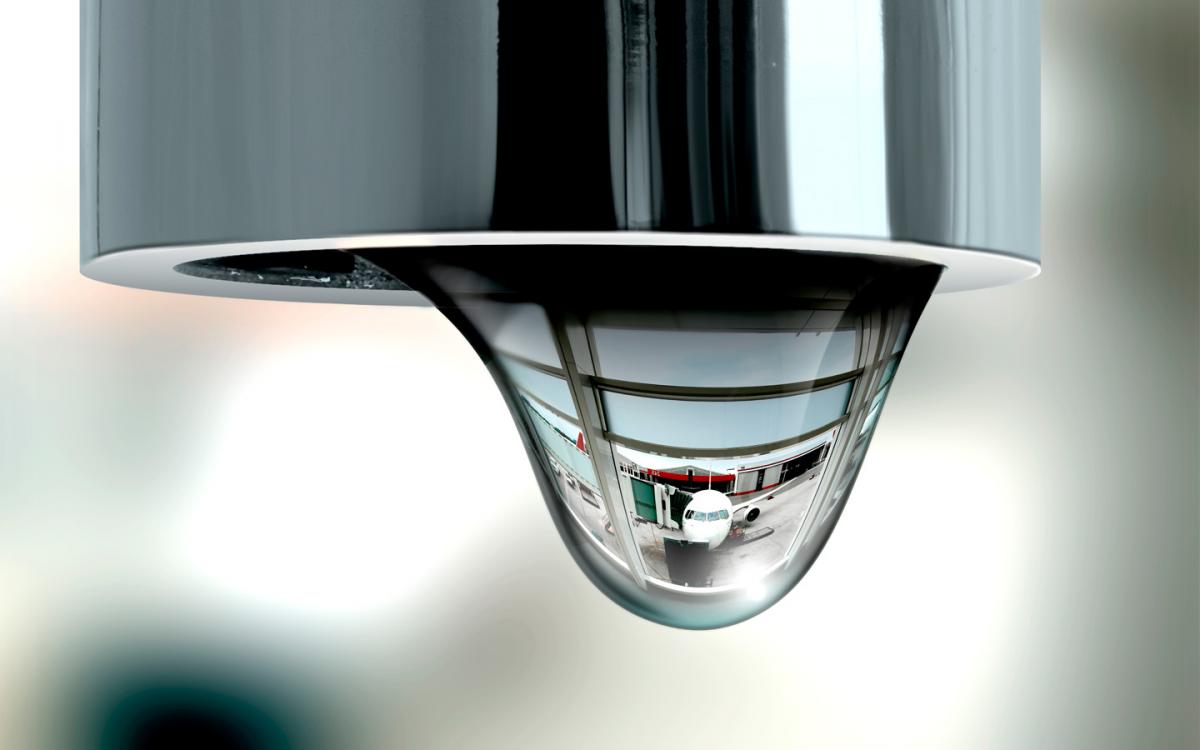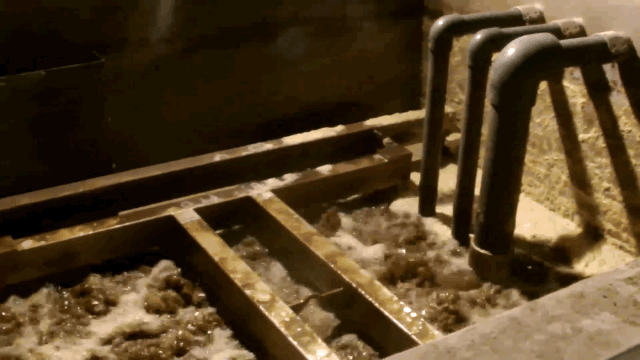“Brown” water is turning into crystal clear water and then being sent straight back to where it came from; the Airport’s 37 public bathrooms.
Every day Sydney Airport’s architect designed water treatment facility quietly converts 750 kilolitres of wastewater, from more 90 thousand flushes, into filtered water which can be flushed, and flushed again. Not only is this an excellent outcome for the environment, it also saves Sydney Airport $3500 a day in water costs.
The facility combines traditional water treatment processes with GE’s ZeeWeed filtration and reverse osmosis to produce water so clean it can be used in the airport’s air conditioning systems.
The whole process begins and ends with the press of a button. Effluent is flushed out of the Airport’s toilets and through traditional screen filters sewerage tanks where large solid material like paper is removed.
This partially treated water is then pumped into a bioreactor tank set at the ideal temperature and pH balance to encourage the bacteria to thrive and consume the unwanted biological material in the water.
“It’s like any blackwater bioreactor, except that we create the perfect environment to keep the bacteria happy, so it does its job faster,” explains Russell May, Market Services Manager at GE.
Next, the water passes through GE’s ZeeWeed filtration system, created from multiple nylon fibre membranes coated with a synthetic resin called polyvinylidene difluoride. The membranes feature super fine perforations 400 times smaller than a human hair.
The mesh is fine enough to capture sediments, pathogens, protozoa and bacteria, leaving the water ready to be chlorinated, and ozonated and pumped back through the airport to be used for toilet flushing.
“The ZeeWeed filtration, ozonation and chlorination all work together, and at each stage there is a Log3 reduction in the level of contamination,” says Mr May.
A Log3 reduction removes 99.9 percent of the unwanted material contained in the water. “This means that at the final stage less than a millionth of the contamination remains,” Mr May explains. “That’s when we use the reverse osmosis to make the water extra clean.”






